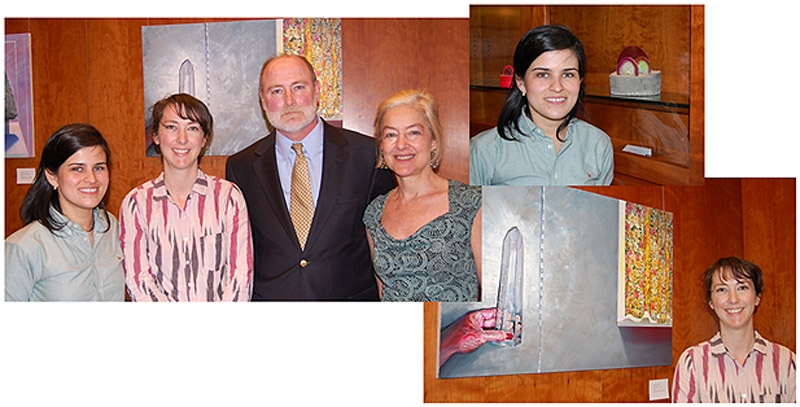Young minds by nature are inquisitive, and exposure to the mysteries of science often sparks the desire to learn. Certainly the dawn of the “space age” had a significant influence for my generation, then in grammar school—we could almost glimpse our future with the first satellite launch. Yet, almost equally influential to sustaining interest in science at the time was the nation’s increasing support for science, both in terms of funding research and improving science and engineering education.
What followed were decades of science proliferation, both public and private. For example, America’s blue-chip companies displayed their R&D prowess at the 1964 World’s Fair, and those same companies sponsored visits to corporate laboratories for promising high school students. The National Science Foundation sponsored summer-long science camps at more than 1000 college campuses, and I was fortunate to participate. There were ample activities such as these that supplemented my formal precollege education. With the increasing globalization of industry in the 1970s and the end of the Cold War in the late 1980s, however, the nation’s ability to provide what had seemed a boundless and energetic support of science seemed to wane for all but biomedicine. Since the golden age of the post-Sputnik era, there have been many, not wholly successful, attempts to revive this apolitical spirit.
But regardless of the time in which we grew up, nature itself exposes us to mysteries that beg to be uncovered—we only have to look at the rocks beneath our feet. Okay, bedrock that may be exposed at the side of a road or pebbles at a river’s edge may seem lackluster at first glance, but with a little bit of persistence in exploring, a whole world of color and structure enfolds. For me, it was what I picked up off the ground that really ignited my interest in science: the first time I cracked open a rock and found sparkling crystals inside; my delusions of striking it rich when I saw my first flakes of “fool’s gold” in a vein of quartz spiraling through a boulder; picking up a dirty piece of shale in a shallow creek bed and finding a fossilized fern entombed for millions of years in an ancient forest floor staring back at me.
Observing rocks and minerals compelled me to learn more: where could I find some really big crystals, and why did they grow in such beautiful and regular patterns? I developed interests in chemistry and biology as I tried to identify weird specimens that didn’t match simple descriptions in a book, and an interest in physics as I picked up minerals that were radioactive and fluorescing under ultraviolet light. Even before I went to high school, I knew that I had to become a physicist and get to the heart of the structure of matter. And I still value what’s become a lifelong interest in minerals, observing their microstructure under a microscope and their macrostructure through an airplane window.

Visitors who came to last week’s opening of a new art exhibit, Time Exposed, at the American Center for Physics were exposed to a selection of photographs from the mineral world that enliven appreciation for natural wonder. Norman Barker, who has an interesting, juxtaposed title as professor of pathology and art at Johns Hopkins University, has devoted more than a decade to composing photographs of fossils visualized under low magnification (10x) with illumination that accentuates the bright minerals that replace living matter as it fossilizes.
I find the exhibit a perfect matchup of art and science. The photographs play with light and color to capture the beauty of natural structures, immediately stimulating the visual cortex. With the captions provided by Barker and his collaborator at Johns Hopkins, Dr. Giraud Foster, the science is exposed. We see the layers of an ancient animal peeled back and brought to life by brightly glowing minerals that have replaced bone or tissue, depending on the environment where animate met inanimate. As I admired these photographs from our gallery’s walls, I was reminded of the thrill I had as a young boy when I held an inexpensive magnifying glass up to a common piece of granite and saw nature sparkling back at me. Nature still sparkles my mind.
The Time Exposed art exhibit will be on display until October 10th at the American Center for Physics. Visitors are welcome to come view the photographs by Norman Barker, the geologically inspired paintings by Christine Gray, and sculptures by Ester Ruiz.

